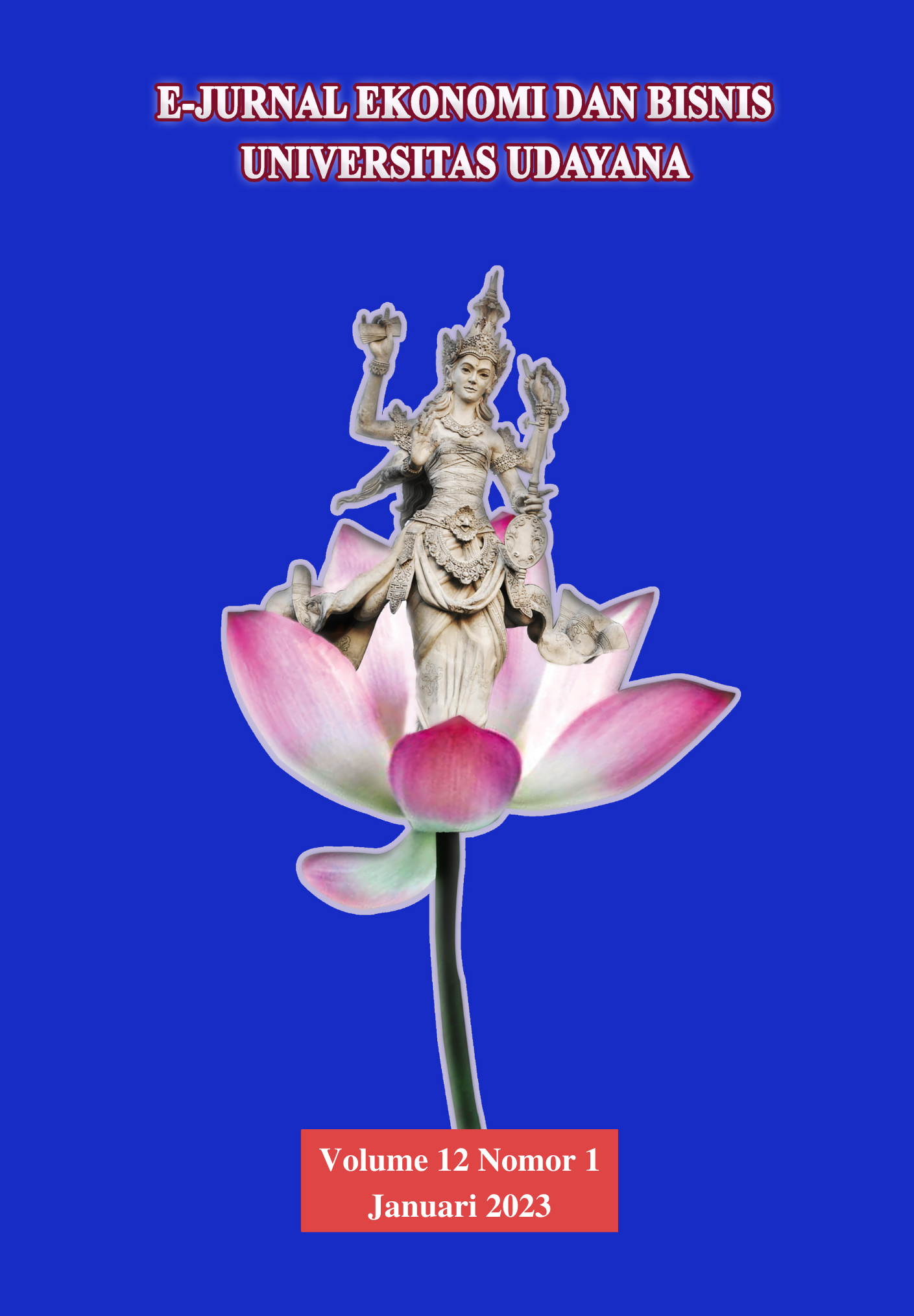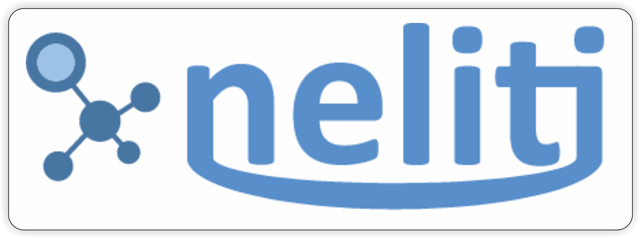MARINE TOURISM DEVELOPMENT STRATEGY BASED ON TOURIST SEGMENTATION DURING THE COVID-19 PANDEMIC IN LABUAN BAJO
Abstract
The development of tourism in the City of Labuan Bajo has an impact on the physical development of the city because the development of tourism has resulted in the increasing activity of tourists and residents, thus demanding facilities and infrastructure as well as the provision of space. This study uses a qualitative approach that helps researchers see the phenomena that occur and are related to this research. The data analysis technique used is descriptive qualitative analysis and SWOT analysis technique. The results of the study indicate that the existing conditions of Labuan Bajo marine tourism products during the pandemic already have adequate health protocols, domestic tourists are mostly from the island of Java and its surroundings, tourists are dominated by men, tourists are on average 25-34 years old, most tourists come to visit holiday. The strategy for developing marine tourism products in Labuan Bajo is carried out by increasing the quality and quantity of tourism elements, developing tourism facilities, attractions and human resources, providing accessibility and effective tourist attraction accommodations, increasing awareness and caring for tourism, optimizing tourism supervision.


















